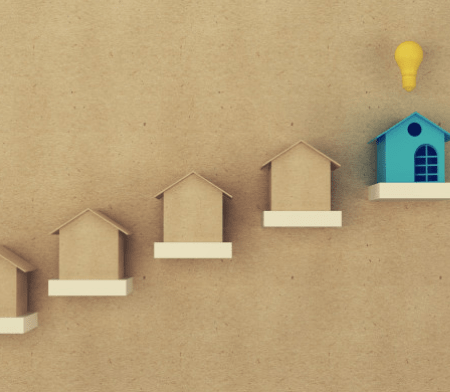
Table of Contents
Accumulated Depreciation
What is Accumulated Depreciation?
Accumulated Depreciation is the cost amount of an asset allocated to depreciation expense on the Balance Sheet. This is allocated as a depreciation expense ever since the asset was purchased and put into service. Such assets are usually related to constructed assets like machinery, building, furniture, vehicles, etc.

Accumulated depreciation is always credited when the depreciation expense is debited in a particular Accounting period. The accumulated depreciation amount is subtracted from the asset’s cost. The credit amount in the account of accumulated depreciation cannot exceed the debit balance in the related asset account.
Examples of Accumulated Deprecation
Example 1
Company ABC buys a truck for Rs. 25 lakhs. The company determines that the depreciation amount for the next 6 years will be Rs. 2 lakhs. Therefore, in the annual account of each year, the accumulated depreciation for the truck will be Rs. 2 lakhs. This keeps accumulating since it’s a balance sheet amount.
Three years later, the balance in the accumulated depreciation account will be a credit balance of Rs. 6 lakhs. Therefore, the truck’s Book Value will be Rs. 19 lakhs.
Example 2
Sujesh purchases a mobile phone for Rs. 20,000. He assumes that the depreciation charges for the mobile phone is Rs. 1000 for 5 months. His monthly account kept the accumulated depreciation amount as Rs. 1000 per month. After 4 months, the accumulated depreciation would be Rs. 4000. Therefore, the mobile phone’s book value would be Rs. 16,000.
Talk to our investment specialist
Note: It is important to understand that the asset’s book value should not be taken as the asset’s Market value. The book value is the product of the allocation of depreciation costs.
If company ABC sells the vehicle and gets an amount higher than the book value, the gain will be recorded. If it receives lesser than the recorded book value, a loss will be recorded.
If Sujesh is able to earn Rs. 20,000 on his mobile phone, it will be his gain. However, the book cost should not be confused as the market cost.
All efforts have been made to ensure the information provided here is accurate. However, no guarantees are made regarding correctness of data. Please verify with scheme information document before making any investment.












